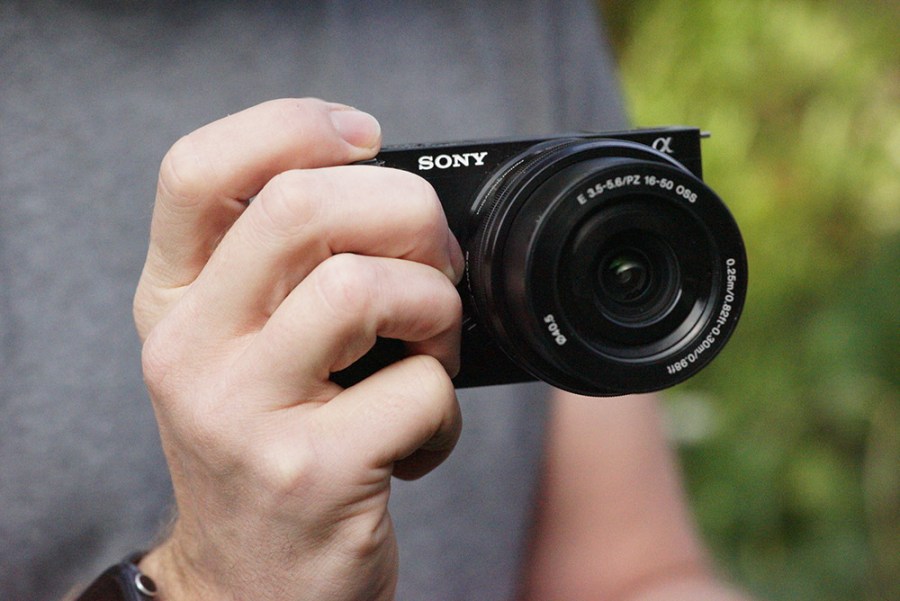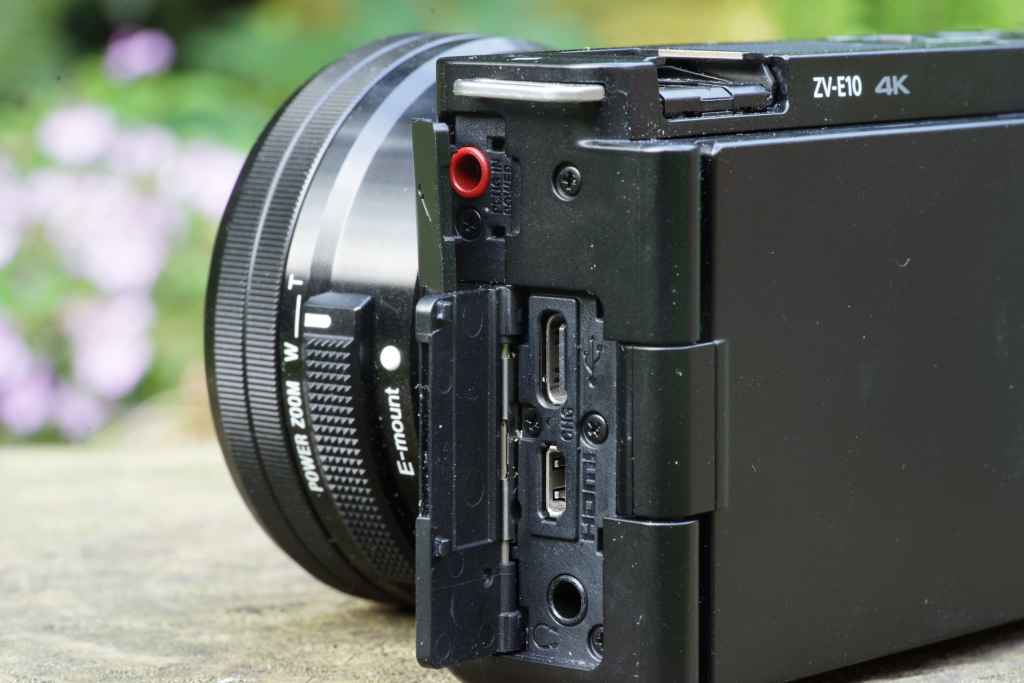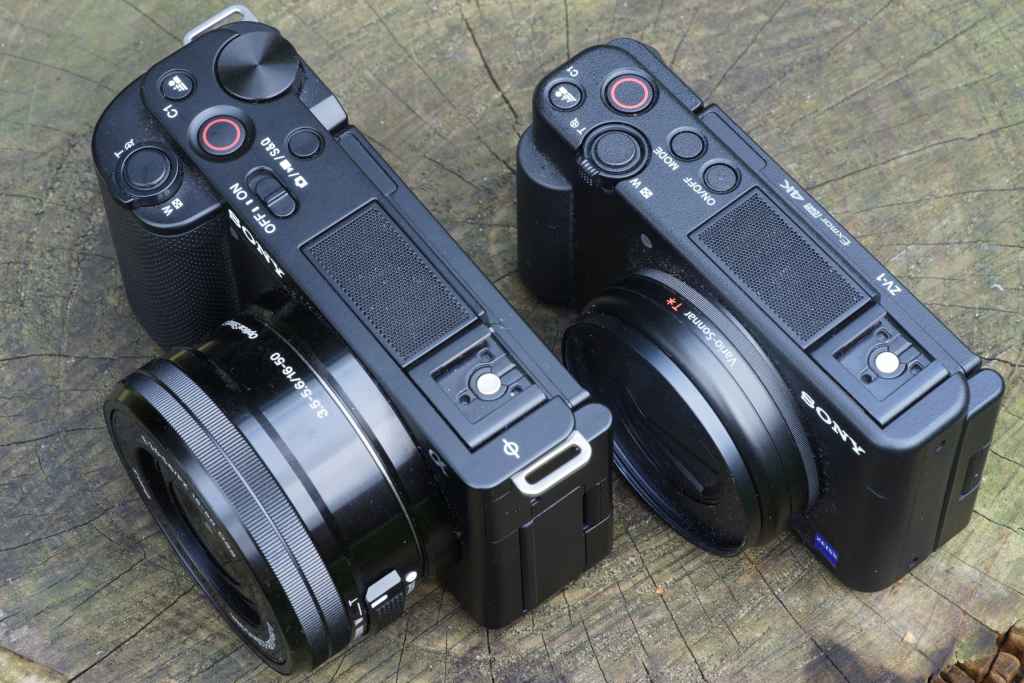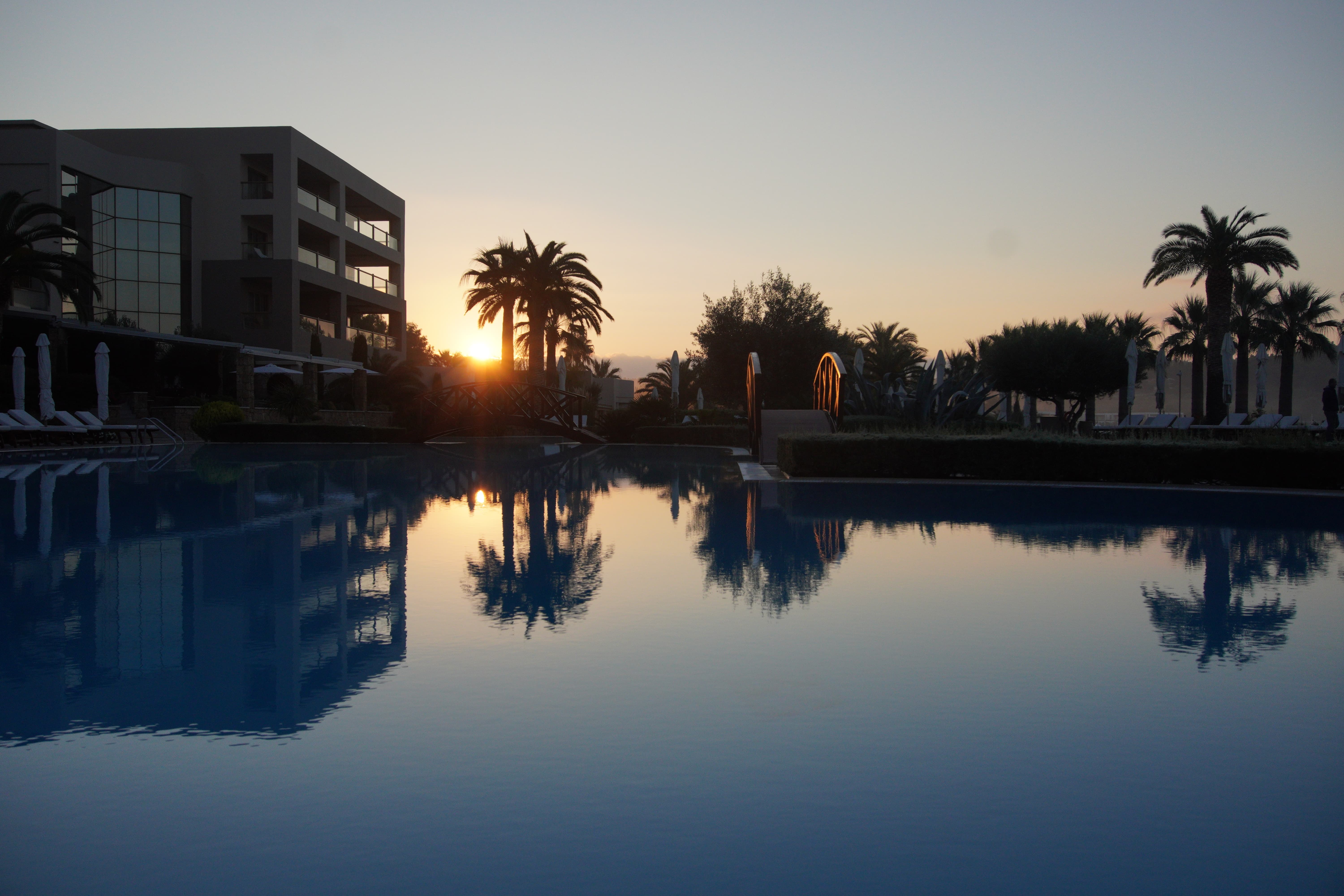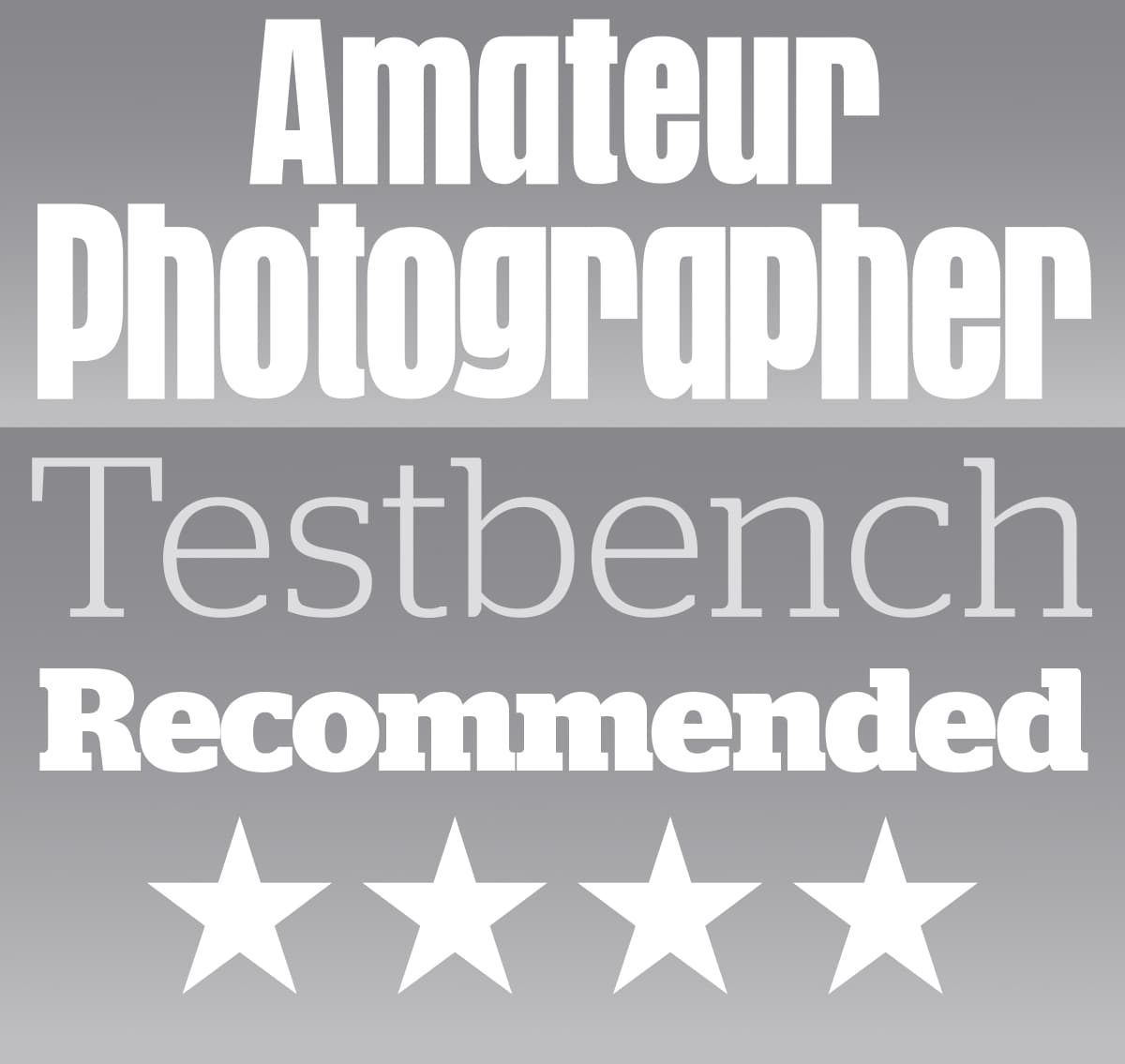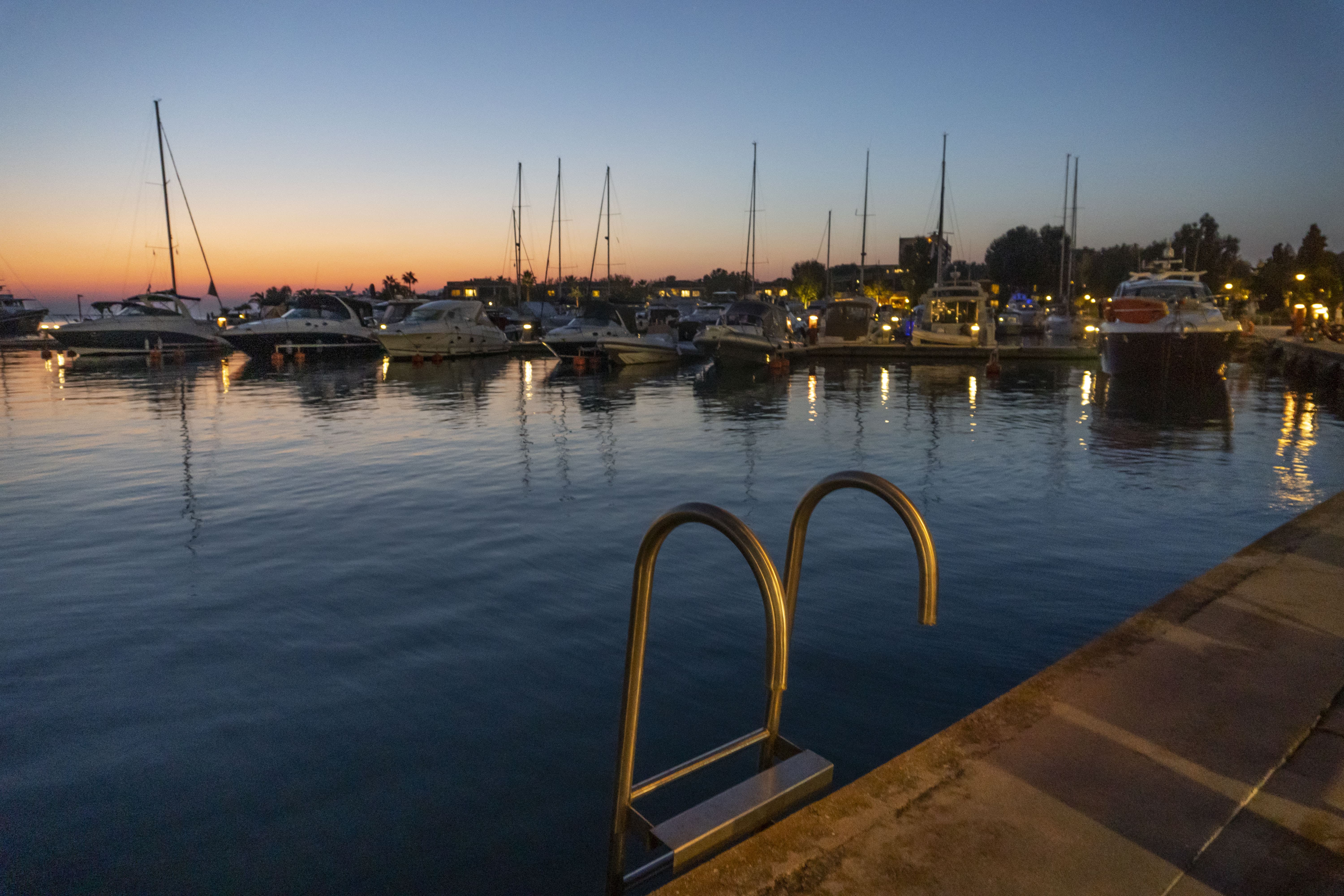Amateur Photographer verdict
A great entry point for vloggers and photographers alike. With Sony’s E-mount lenses and others to go with it, the Sony ZX-E10 offers great scope of use. Top value at present.- Great value entry point in to Sony’s E Mount system
- Terrific features for vloggers and casual video users
- Excellent Autofocus for its price
- Fully articulated 3inch touchscreen
- Button control for photography is basic
- Uses older, lower capacity NP-FW50 Battery
- No electronic viewfinder
The Sony ZV-E10 is a low-cost entry-level camera designed for beginner vloggers and phone upgraders who want to get more serious about video. It also works as a pretty good 24-megapixel stills camera. Could it be one of Sony’s best cameras for those on a budget?
This sector has developed into a very competitive market, though, and its rivals include the slightly cheaper Nikon Z30, aimed at a similar audience, while Canon is represented by the EOS R50 with its impressive AF system.
Sony ZV-E10: At a glance
- 24.2MP APS-C CMOS sensor
- $698 / £549 body only
- $798 / £628 with 16-50mm lens
- 4K 30fps video recording
- Built-in 3-way microphone
- 3inch fully articulated touchscreen
- Product focus / background blur modes

Photographers may exclaim on forums “I don’t care about vlogging!”, yet a whole generation does. They are busy on Web 2.0 documenting the minutiae of their lives in short videos on TikTok, Instagram, or even live streaming on Twitch.
It is these, generally younger, creators that Sony caters to with its ZV-E10 – a camera with a fully articulated screen that can face forwards, a large, dedicated record button and a Product Showcase mode. In fact, it’s all unsurprisingly similar to the earlier ZV-1. Except this time, the 1-in sensor and fixed 24-70mm equivalent lens has been replaced with an APS-C sensor and a choice of lenses thanks to the adoption of Sony’s E mount, which presumably is what the ‘E’ in ZV-E10 stands for.
For more options have a look at the best Sony cameras and also the best Sony E-mount lenses.
The ZV-E10 camera itself may be Sony’s newest APS-C model, but the technology and design are not. It uses much of the core tech from the more stills-focused Sony A6400 and A6100. What differentiates the ZV-E10 from those cameras is a range of features designed for entry-level video, including a 3-capsule microphone, Product Showcase mode and a Background Blur feature. Video creation is foremost, while photography plays in the reserve team.
Features
With the emphasis on tried and tested technology it is no surprise that the ZV-E10 uses a 24.2-million-pixel APS-C size Exmor CMOS sensor. Sony has been using 24-million-pixel APS-C sensors for a decade now, since we first saw one in the NEX-7. The ZV-E10’s is no doubt the same more modern sensor found in the current Sony A6000-series. It can capture images at the same 11fps, and whilst the standard sensitivity range is the same covering ISO 100-32,000, the maximum extended setting is ISO 51,200 on the ZV-E10: the same as the Sony A6100 but lower than the Sony A6400’s ISO 102,400.

A major divergence from the A6000-series cameras is that the ZV-E10 has no electronic viewfinder. Clearly a strategic decision given that its target audience is more likely used to looking at a phone screen, it also keeps the price down. The lack of an EVF helps to bring the ZV-E10 in at a very reasonable $698 / £549 body only, compared to $598 / £634 for the A6100 and $748 / £695 for the A6400.
I think this represents very good value for money for entry-level photographers, as well as experienced ones who likewise want to try their hand at videography for social media. The A6100 and A6400, while more expensive, do have electronic viewfinders. More telling is the fact that the entry-level Canon EOS R50 does too. At a cost of $679 / £649, it could prove the ZV-E10’s biggest rival.
Unlike most recent mirrorless cameras, the ZV-E10 lacks sensor-based image stabilisation. This is normal on mirrorless cameras at this price point, however. You have to pay a lot more to get a camera with IBIS. Those wanting image stabilisation for stills will be relying on lens-based stabilisation, which is featured in the E 16-50mm F3.5-5.6 OSS kit lens. For video users there is electronic stabilisation.
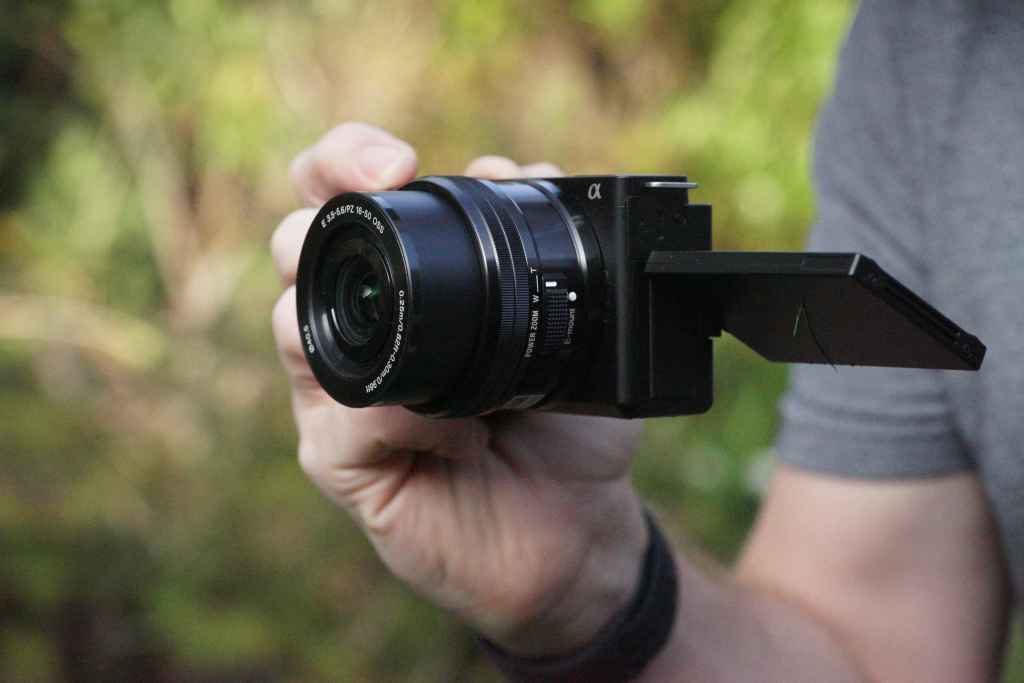
Make no mistake, the video that the ZV-E10 records isn’t on par with the Sony A7S III, A1 or even the A7 IV. But with 4K at up to 30fps, Full HD at up to 120fps and a Slow and Quick Motion mode that allows for time-lapse style video that can be shot as slow as 1fps, there is more than enough for budding vloggers to get stuck in to. In addition, all of Sony’s usual Picture Profiles are featured, except the very video-centric S-Cinetone setting.
Continuing the video theme there are both microphone and headphone sockets, as well as a large 3 capsule microphone on the top of the camera. If you want to improve the sound quality further then there is a Multi Interface hot shoe for mounting an additional microphone, and this can power and act as an audio interface for microphones such as Sony’s ECM-B1M.
6 Things You Need To Know
- Imaging Edge Mobile – Images and some video formats can be transferred wirelessly over Wi-Fi, via Sony’s Imaging Edge Mobile app which is available for both iOS and Android smartphones and tablets.
- Battery – The older Sony NP-FW50 battery is used in the ZV-E10. Whilst it is smaller, it lacks the capacity of the NP-FZ100 that is used in the current A7 series and A6600 cameras.
- USB-C and HDMI – Both data transfer and charging can be done via the ZV-E10’s USB-C connection, which is found next to an Micro HDMI port on the side of the camera
- Mode Selector Switch – Instead of a mode dial there is a switch between photo/video/S&Q (Slow and Quick Video) on the camera’s top plate.
- C1/Background Defocus – A custom button on the camera’s top plate is, by default, used to switch the Background Defocus Mode on or off. When it’s on, the widest possible aperture is selected to blur the background
- Product Showcase Button – Pressing the ‘Delete’ button in video mode activates Product Showcase mode, which switches focus back and forth between a presenter and an object they may suddenly hold up to show.
Build and Handling
As previously stated, the ZV-E10 feels very much like a larger version of the ZV-1. It is fairly compact, has a lightweight, but solid construction that comes in weighing just 343g body only, and it isn’t overly cluttered with buttons.
The button array is designed to be friendly to first-time camera owners, whilst providing enough controls to change key settings efficiently, if not quickly. Anyone who has previously used a Sony camera should feel at home with the ZV-E10, and that goes as much for the menu system as for the external controls. The camera lacks the front control dial found on more advanced cameras, and forgoes a mode dial, which makes it slower to switch from, say aperture or shutter priority to manual exposure mode. But on the whole it is fairly straightforward and functional.

There is a dedicated video record button and a zoom toggle around the shutter button that can be used either with Power Zoom lenses or as a digital zoom control. Perhaps the biggest feature on the camera is the fully articulated screen. This comes out at the side and can be set front-facing for vlogging, or folded in towards the camera to protect the screen when it is being thrown around in a backpack. In either scenario, it is a better choice for vloggers than the tilt-only screens found on the A6100 and A6400.
Performance
This is a very tried and trusted sensor that performs well for image quality, without leaving you speechless. As you would expect the ISO 100-400 settings offer peak performance both for image quality and maximising dynamic range, with ISO 800-1600 showing a drop in quality. But even at the maximum ISO 32,000 setting images are still perfectly useable, given that most images shot with the camera will likely be bound for phone screens. The extended settings are acceptable for use on smaller screens, rather than making gallery size prints. Again, no surprises here considering the target audience and cost of the camera.
What is reasonably impressive is the incorporation of Sony autofocus staples, including Animal AF and Eye-AF. The latter excels just as well in video as it does in still images, which again is great news for those who want to turn the camera on themselves. The Active SteadyShot stabilisation works very well for keeping subjects still when shooting hand-held, although it does come at a cost of cropping into the image. For this reason, I would recommend those wanting to vlog at arm’s length opt for the Sony E 10-18mm F4 OSS lens, with its 15mm equivalent field of view. I found this lens to pair nicely with the ZV-E10 for size, weight and AF speed.
But let’s put video aside for one moment and focus on the stills photography. I found the ZV-E10 to be a capable little travel companion, particularly with the compact 16-50mm lens. Set to aperture priority it is easy to make use of the exposure compensation button and Quick Menu to make exposure and colour adjustments, while Face and EyeAF made it ideal for shots of my family. Yes, I missed having front control, exposure mode and compensation dials. But the reality is that it didn’t really slow me down much, especially as I was using it as a travel camera, as will many content creators.

Sony ZV-E10: Verdict
Based on price alone the ZV-E10 should prove a very popular camera. Its video credentials certainly surpass those of its chief rival at launch, the Canon EOS M50 Mark II – the go-to camera for most YouTubers. It also serves as a gateway to purchasing a high-end full-frame camera such as the Alpha 7 IV in the future, as well as any of the 60 Sony E-mount lenses, not to mention the equally numerous third-party options. Its rivals include the Canon EOS R50 (essentially an RF-mount EOS M50 II) and the Nikon Z30 which is slighter cheaper than the Sony, although both lack the wide lens choice enjoyed by the ZV-E10.
For content creators there are few creative things that the ZV-E10 won’t allow you to do, and beneath its lightweight plastic exterior it packs quite a punch. For photographers it is the equivalent of a modern day point and shoot when left with its rather average kit lens. But paired with a better lens the full potential of the sensor can be realised. The more limited controls will slow you down and may frustrate at times, but with the extensive feature set, excellent autofocus and an 11fps shooting rate, you should generally be able to capture the shot you desire.
Perhaps the bigger question is where the ZV cameras leave the future of both the A6000 and RX-series cameras, particularly with the Sony Xperia Pro-I smartphone featuring a 1-inch type sensor. But that is a discussion for another day.
If you’re looking for more great cameras, have a look at our guide to the best Sony Cameras!
Connecting the Sony ZV-E10 to your phone
Sony’s Imaging Edge Mobile lets you transfer images and video from your camera to a smartphone, remotely control and shoot from the smartphone, giving you a larger screen. You can also add location information from your smartphone so that your photos are stored with GPS data attached. Tablet support means you can use an even larger screen for remote shooting. The app supports Sony A-mount and mirrorless Sony E-mount cameras as well as professional video cameras and action cams.
How to connect your phone to a Sony camera: Sony Imaging Edge Mobile.

